Clam chowder is a New England favorite, and it’s quite a treat when made properly. However, even in New England most restaurants take shortcuts and their chowder often disappoints. Luckily, it’s easy to make an exquisite clam chowder at home.
Ingredients
Part of the secret is to have fresh ingredients. Clam chowder made with fresh clams is much better than clam chowder made from canned clams. In Boston, live clams are readily available in supermarkets; those who are farther from the sea may be able to find seafood stores that carry clams. It’s worth trying at least once so you know what you’re missing!
Here are most of the ingredients: potatoes, celery, onions, butter, 1 cup heavy cream, and 1 tbsp tapioca starch mixed with 2 tbsp water to make a paste that dissolves easily in water.
Here are the clams we used. Soak them in salt water (1/2 tsp salt in the water) for a half hour or more to help remove impurities; discard the soaking water:
We also used 2 cups chicken broth, but forgot to take a picture of it.
Cooking the Clams
The object is to steam the clams while collecting the juice that comes out of the clams when they open. This clammy juice adds great flavor to the chowder.
We used a pot with 2 steaming baskets, a deep one and a shallow one, and a glass cover. We put a bowl in the deep basket to collect the clam juice:
We brought the water in the bottom of the pot to a boil, then added the clams to the top shallow basket and covered:
If you don’t have a pot with 2 steaming basket, just put the clams in the bowl in your single steaming basket.
After about 5 minutes, the clams open. Turn off the heat – they are now cooked.
Any clams that refuse to open are bad and should be discarded. Scrape out the open clam meat into a bowl. You can dice the clams if you like; we chose to keep them whole.
The juice that came out of the clams will look like this:
The clams have a surprising amount of liquid inside; we gathered about 1 cup. Note that you don’t need to extract the bowl from the steamer basket; when ready you can pour this liquid directly into the soup with the bowl still inside.
Preparing The Chowder
While the clams are being prepared, you can be working simultaneously on the chowder.
In a wok, begin by sautéing the onions in a half stick of butter for one minute:
Add the celery and stir another minute:
Then the chicken broth:
At this point dice the raw potatoes and add them to the pot. (It’s best to avoid exposing the potato to air for long periods of time. If you want to cut the potatoes ahead of time, store them in water.) The potatoes need to boil about 15-20 minutes; they should be cooked but not totally softened.
When the clam juice and clams are ready, add them too. It will look like this:
When the potatoes are cooked, add the cup of heavy cream, and salt and pepper and any other spices you like, and return to a near-simmer.
Gradually mix in the tapioca starch paste, tasting periodically until you reach a thickness you like. When the chowder is properly thick, warm, and well-mixed, you’re done:
Serve:
Conclusion
Chowder that is made with tomatoes is called “Manhattan Clam Chowder.” This concoction is illegal in New England. If you make it and live in Massachusetts, take care not to post pictures on the Internet.
We predict you’ll love this chowder. Enjoy!







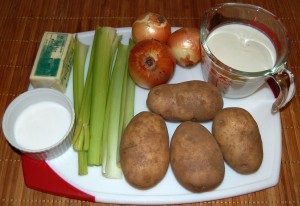
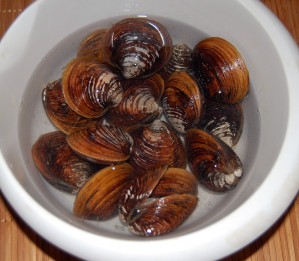
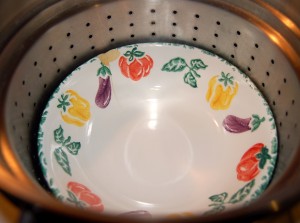
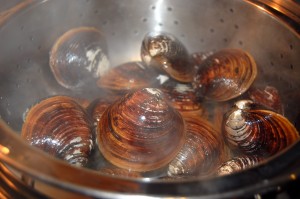

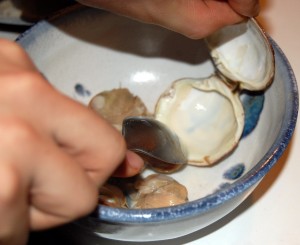
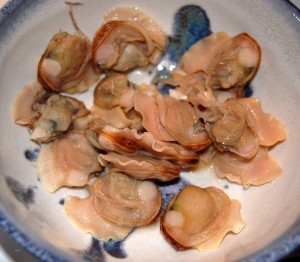
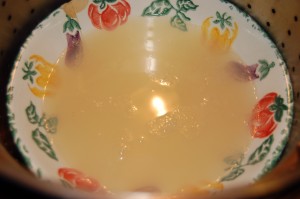
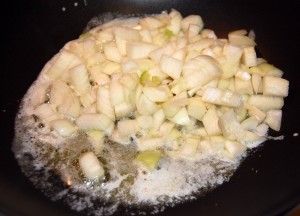
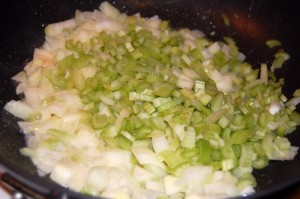
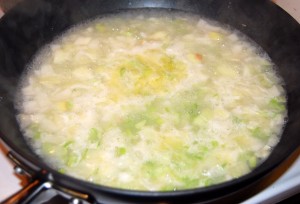
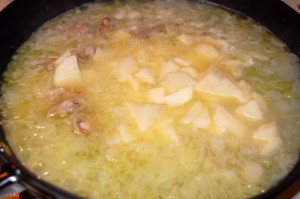
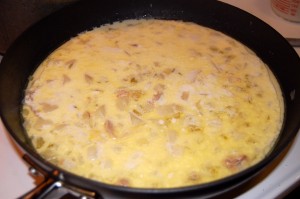

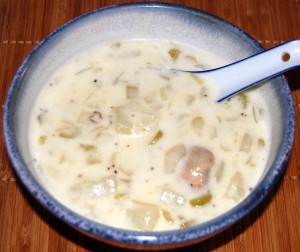
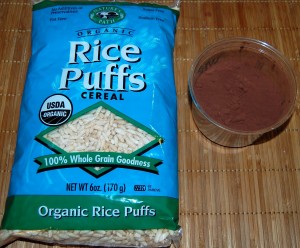
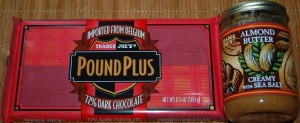
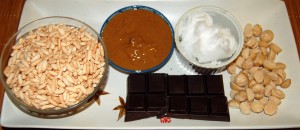
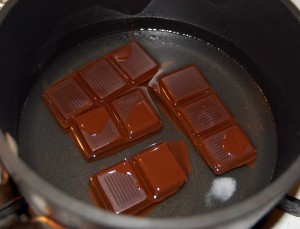
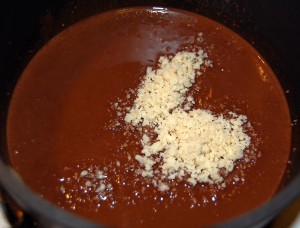
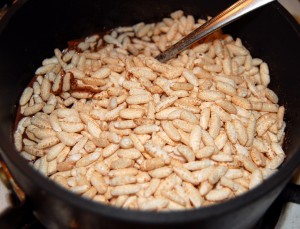
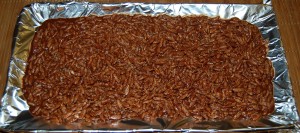

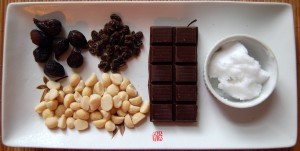
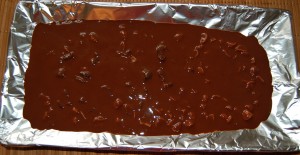
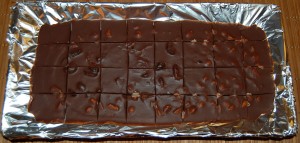

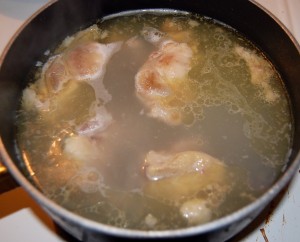
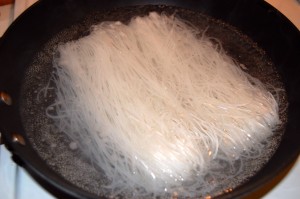
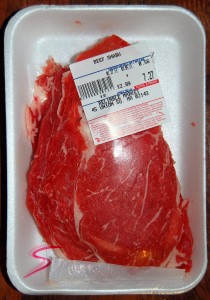
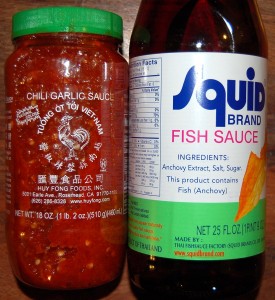
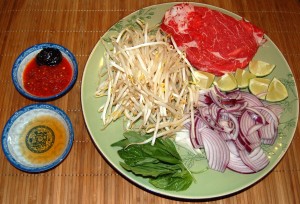
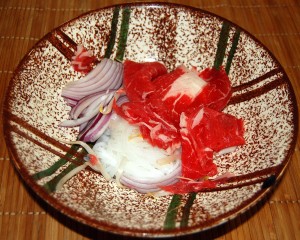

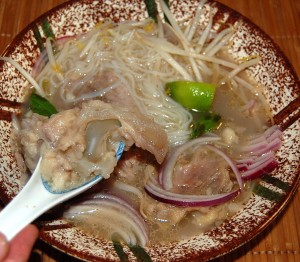
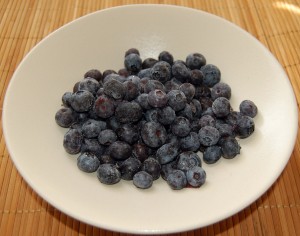
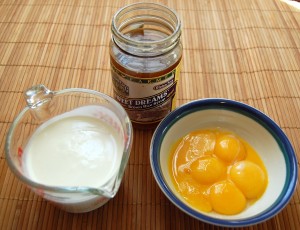
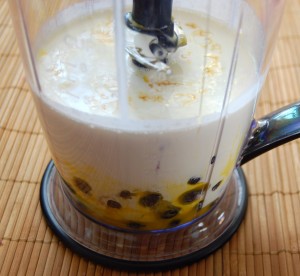

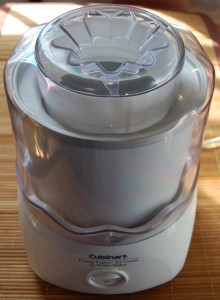
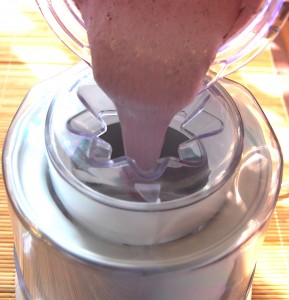
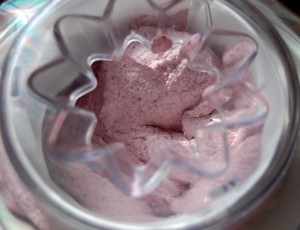
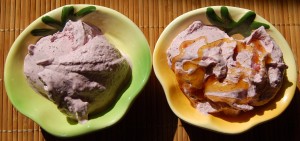




Recent Comments